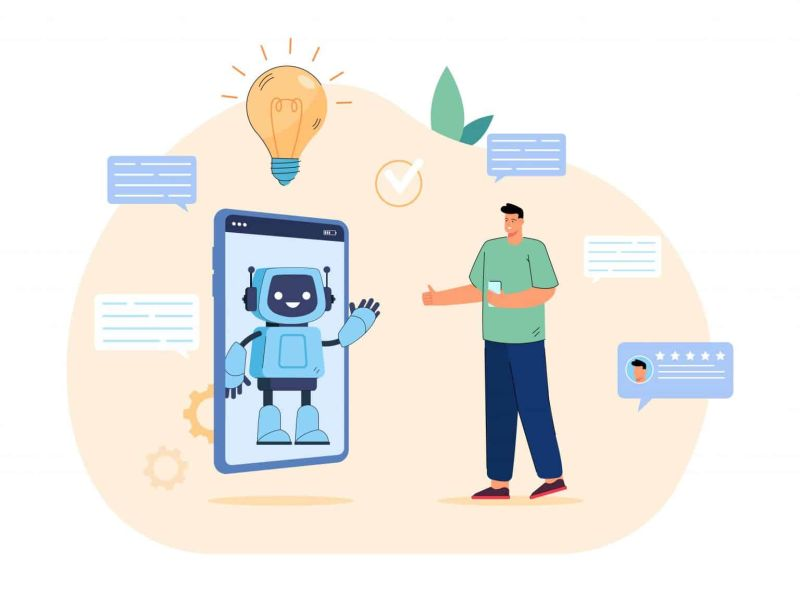
In today’s fast-paced business world, employee training is crucial for the growth and success of any company. With the advent of AI chatbots, on-demand employee training has reached a new level. These intelligent chatbots are bringing many benefits and transforming the way employees learn and develop their skills. Let’s take a closer look at how they are elevating on-demand employee training.
I. Instant Access to Information
1. Always Available
AI chatbots are available around the clock. Whether an employee is working early in the morning or late at night, they can access the chatbot whenever they have a question about training materials or need clarification on a concept. For example, if an employee is studying a new software skill after regular office hours and gets stuck, they can simply ask the chatbot for help right away.
2. Quick Responses
They provide quick answers. Instead of having to search through lengthy manuals or wait for a trainer to respond, employees get instant replies from the chatbot. Say an employee wants to know the specific steps of a process in a safety training module. The chatbot can list those steps in seconds, saving valuable time.
II. Personalized Learning Experience
1. Tailoring to Individual Needs
Based on an employee’s past training performance, learning history, and job role, AI chatbots can offer personalized learning suggestions. If an employee in the marketing department has shown more interest in digital marketing aspects during previous trainings, the chatbot can recommend advanced courses or resources related to that area specifically for them.
2. Adapting to Learning Pace
Everyone learns at a different speed. Chatbots understand this and can adjust the training flow accordingly. For an employee who might need more time to understand a complex topic like financial analysis, the chatbot can break down the information into simpler parts and repeat explanations as needed, ensuring they grasp the concept properly.
III. Interactive and Engaging Training
1. Conversational Style
AI chatbots communicate in a natural, conversational way. This makes the training process feel less like a formal lecture and more like a friendly chat. For instance, when an employee is learning about customer service skills, the chatbot can ask questions like “What would you do if a customer is angry?” and then continue the discussion based on the employee’s answer, making it an interactive session.

2. Gamification Elements
Some chatbots can incorporate gamification features. They might set up quizzes or challenges related to the training content. When an employee answers correctly, they can earn points or badges. This adds an element of fun and motivation to the learning process, encouraging employees to engage more actively with the training materials.
IV. Cost-Effective Solution
1. Reducing Trainer Dependency
With chatbots handling many of the basic questions and providing initial guidance on training topics, companies don’t need to hire as many trainers just for routine inquiries. This cuts down on the cost of hiring and training additional staff for these simple tasks. For example, rather than having multiple trainers available all the time to answer common questions about a new product training, the chatbot can do it.
2. Scalable Training
As the company grows and more employees need training, AI chatbots can easily scale up to meet the demand. There’s no need to worry about having enough trainers on hand. The chatbots can handle a large number of requests simultaneously, ensuring that every employee gets the support they need for their training.
V. Continuous Improvement
1. Feedback Collection
Chatbots can collect feedback from employees about the training content and their learning experience. They can ask questions like “Was this module easy to understand?” or “What topics would you like to see more of?”. Based on this feedback, companies can make improvements to the training programs to make them more effective.
2. Updating with New Knowledge
They can also be updated regularly with the latest industry knowledge and best practices. So, employees are always learning the most current and relevant information. For example, if there’s a new trend in project management, the chatbot can quickly incorporate it into the training materials and share it with employees.

AI chatbots are truly elevating on-demand employee training by offering instant access, personalized experiences, interactive learning, cost savings, and enabling continuous improvement. As more companies recognize these advantages, we can expect to see even wider adoption of AI chatbots in the realm of employee training in the future.



